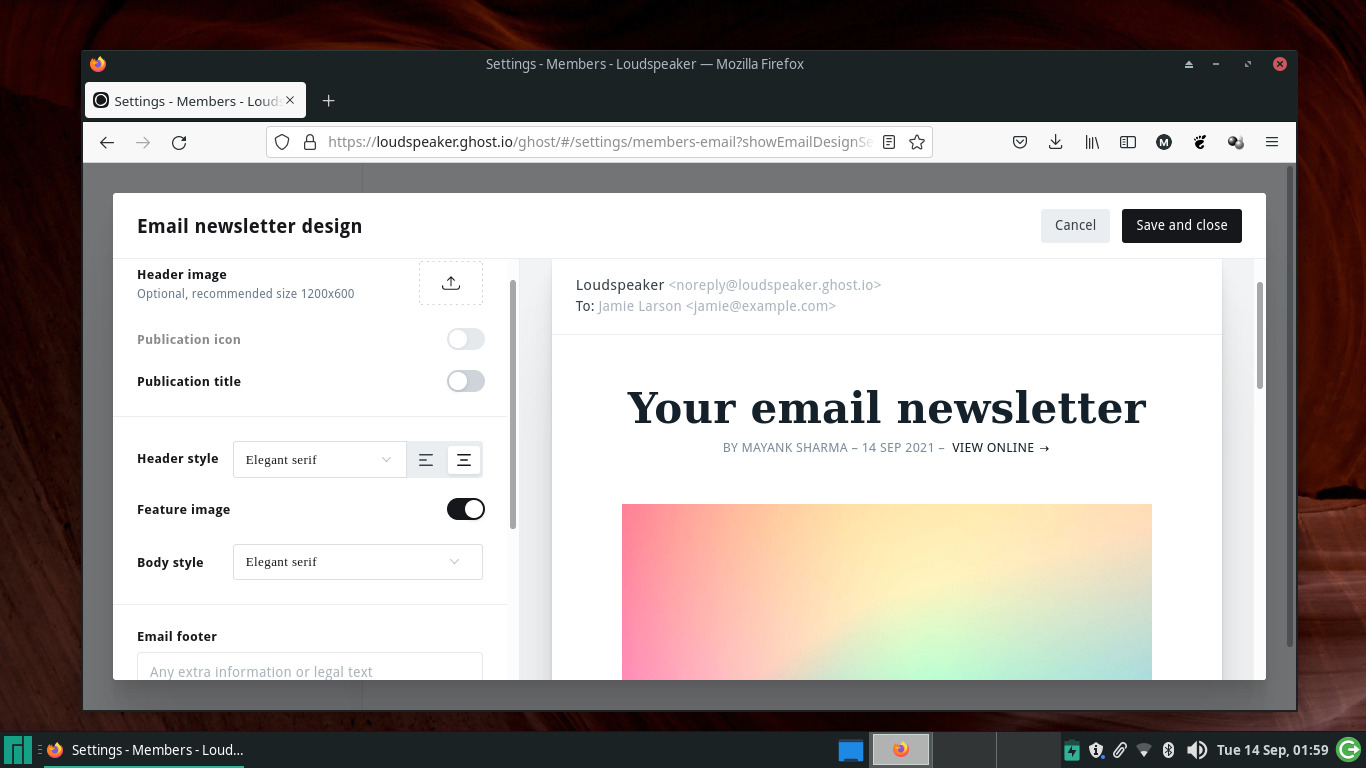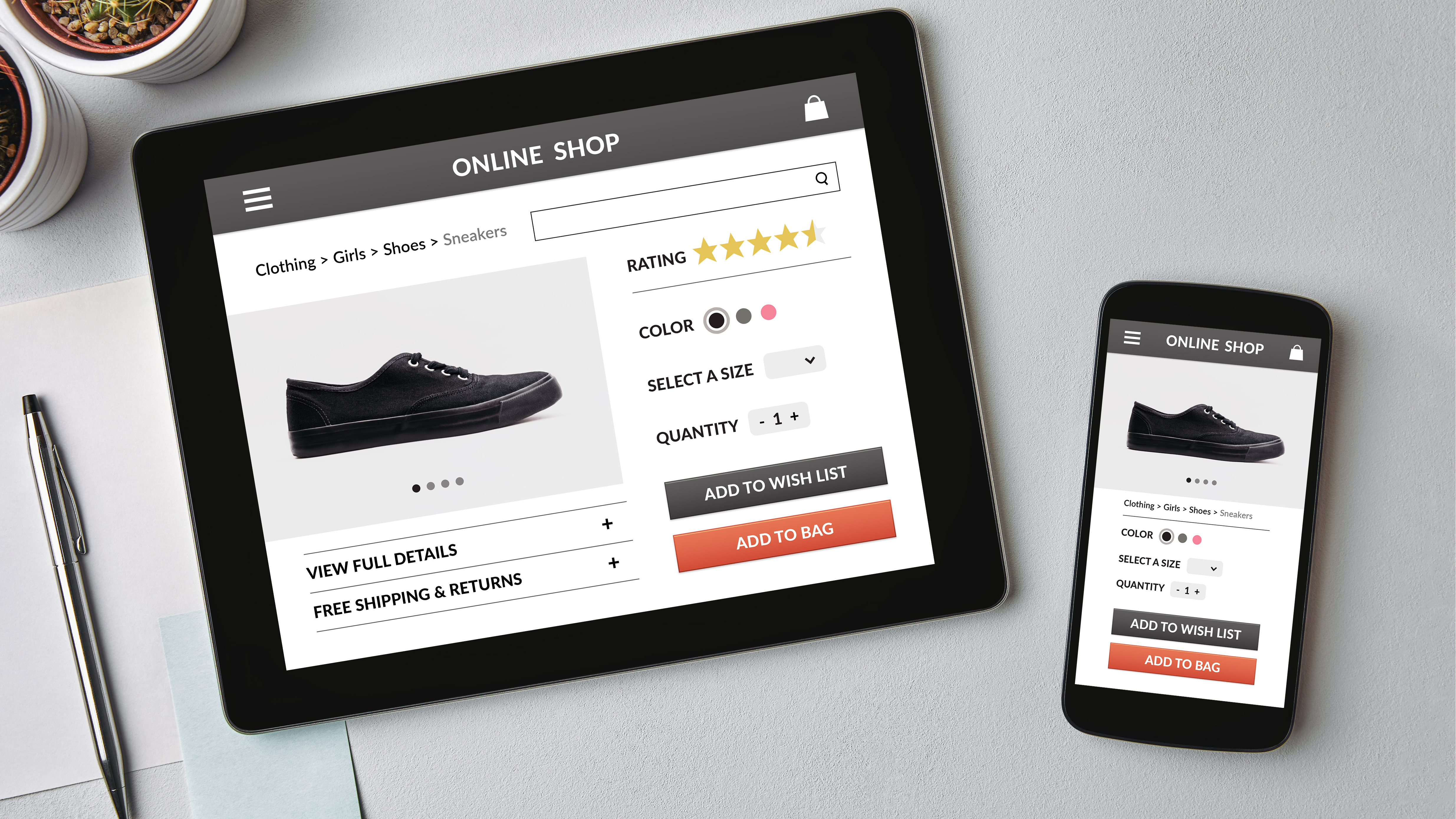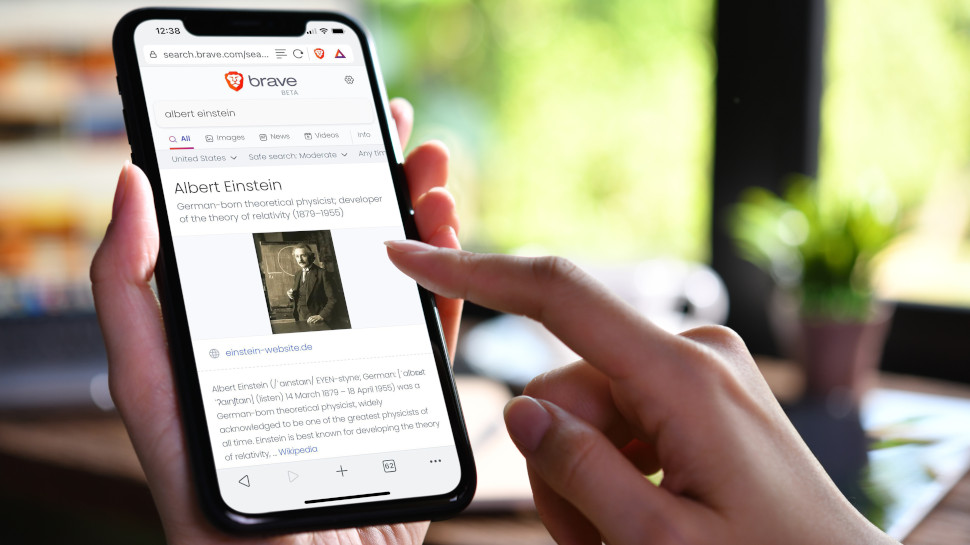10 things you need to know to build a small business website
For a small business, a website isn’t just a digital listing. It’s a marketing tool, a storefront, and an information kiosk all rolled into one. And a great website draws more eyeballs than any flyer, or ad in the penny saver or acrobat balancing company pens outside the chamber of commerce ever could.
Apple, the local guitar teacher, the fruit cart next to the bus stop: they all have websites. It’s nearly impossible for a business to exist, let alone thrive without one.
If your small business needs a new website, or doesn’t have one at all, here are 10 things you need to know to get it properly built and working hard for you, and separately check out our list of the best small business website builder providers out there.
1. Have a purpose
Like any tool, your website has a purpose. Before beginning any construction, make sure you know what it is.
Is it a platform for selling your craft aprons? Is it a microphone to broadcast your status as a thought leader? Is it a way for customers to view your credentials?
And how will your website serve your customers, both current and potential? What competing sites do they visit and what are the keywords they use to find them?
Get specific; quantify your needs. A focused, purpose built website will capture more customers than a mish-mashed aggregate of personal information.

2. Keep your friends away from your website
Don’t hire cousin Jodie or your best friend’s art school roommate to build your website. Cheap hires make cheap-looking websites, regardless of their intentions. Your website will be (at the very least) the face of your business. It’s the last place you should cut corners.
Either build the website yourself using the best website builder and the best web hosting tool available, which are very affordable, or hire a vetted professional web developer.
A freelancer will likely run you around $1000. A full-fledged agency a few thousand. A website can be pricey but it will be worth the investment.

3. Use a website builder
Of the platforms available, website builders will be the easiest to use. Popular website builders like Wix, Squarespace and Weebly utilize pre-set templates and themes to simplify the creation process. If you can drag and drop, you can use a website builder.
There are some cheap website builder providers too. Most require a subscription that ranges from $8 to $20 a month, which includes hosting fees.
The downside of templates is their limited flexibility. Most services do offer a broad selection of templates – including ones that are industry specific (retail, hospitality, etc.) – but you can rarely stray from the menu.

4. Use a CMS if you need customization
If you’re in need of a large, complicated, multi-page site utilize a Content Management System instead of a website builder. Though there is a learning curve with a CMS, it can provide the same flexibility and custom functionality you’d find in a scratch-built site – without any hardcore coding.
If you want to hire a web developer down the line, consider using an open source CMS like WordPress or Joomla! Most developers are familiar with these two platforms, and can easily manipulate a site made in them. A proprietary CMS, however, will require them to learn new code, potentially slowing their progress.
Open source also will give you access to thousands of community created plugins and themes to add to your website (test them first to make sure they work). Just keep in mind that while WordPress and Joomla! are free to use, their plugins can cost anywhere from $20 to $200.
Unlike their Wix and Squarespace built counterparts, websites crafted with a CMS will need a third party for hosting and email aliases. Luckily there are plenty of options, like GoDaddy and Google Enterprise Apps, for such services.

5. It takes time
Building a website will be relatively easy, but it won’t be fast. Whether you DIY or hire a developer, a good website will take longer than you think.
That’s because the bottleneck isn’t in construction, it’s in content generation. It will take time to put even simple content like a headshot or “Welcome” blog post together. And it should. There are no shortcuts to good content. Plan accordingly.

6. Keep it clean
Busy websites with in your face popups, autoplay music and animated text will get visited for three seconds and then closed. Keep your customers reading with a neat, tightly organized website.
Use headers, short paragraphs and bullet points to highlight important information. And never let the scroll get out of control. Short attention spans hate long sites.
Most importantly, keep visitors clicking with strong calls to action. Study what the competition is offering – and how they are offering it. “Click here for free trial” is weak. You want clicks, not yawns.

7. Content is king
ABC: always be contenting. Search engines love fresh, relevant content and so will your customers. Regular updates are the best way to drive eyeballs to your site.
But if you don’t have a plan for regularly updating your “Thoughts & Musings” section, don’t have one at all. Old blog posts and expired offers will make your business look like it’s out of business.

8. Mobile is a must
Most people now access the Internet through their mobile device. Google knows this, which is why a website’s mobile-friendliness affects its search ranking. Don’t cut your website off at the knees. Make sure it will load properly on phones and tablets.
If you don’t know how to mobile-enable, there are plenty of resources that can help. Platforms like bMobilized or DudaMobile will create a separate mobile site for you. And most CMS platforms have plugins that will “turn on” a mobile theme if your website detects a mobile visitor.

9. SEO or else
Think of the search engine as the bus new customers take to get around the Internet. If your website isn’t on the route, new customers will never know your business exists.
If your website plan includes good, continuously updated content and mobile-friendliness, you’ll likely have a well-lit, easily-seen search engine bus stop.
You can improve it even further by inputting descriptive keywords into your page URLs (name the page “about us” instead of “page 2”, for example) and by link sharing with other websites. (Though you should do this sparingly and only with relevant websites. And forget about a “Links” page. Google will think it’s cheating.)
Avoid redundancy too. Pages without distinct identities will compete with each other in search results. And last but not least, include a review section and encourage your customers to use it. Search engines will consider the amount of feedback your business receives when they compile their rankings.
Note that the algorithm governing search will undoubtedly change. Keep yourself in the know with the Google Webmaster Central Blog. As search criteria change, so should your website.

10. Use analytics from day one
Use performance tools like Google Analytics as soon as the website launches so you can immediately see what’s working and what isn’t. More information will only help you make better decisions.
Data and analytics (D&A) play an essential role in improving the accuracy and effectiveness of business decisions by expanding the information that is available to decision-makers.
For all the latest Technology News Click Here
For the latest news and updates, follow us on Google News.
